How to Break a Bad Habit
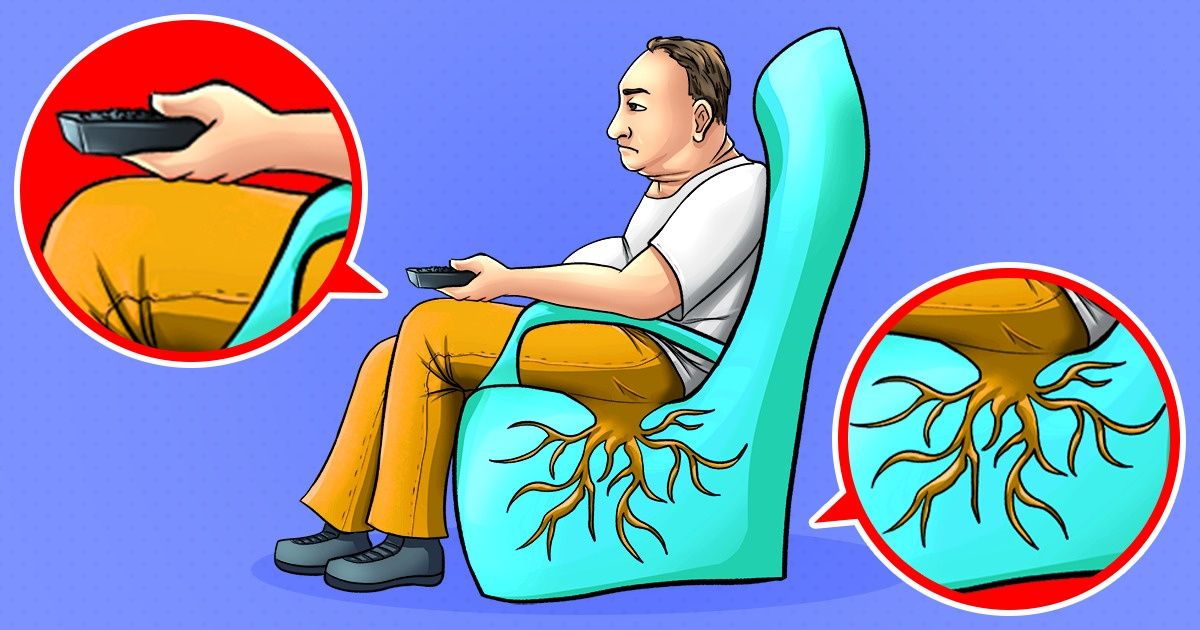
Everyone has habits and some of them can be very useful in our daily life. However, things like biting your nails, procrastinating in front of your TV all day, or snoozing every morning might not be the best way to go. Researchers have found that younger people exhibit more risk of developing certain bad habits. On top of that, if you’ve been engaging in these habits for a long time, it can be harder to break them. That’s why it’s so important to be aware of the problem as soon as possible.
5-Minute Crafts found some tips to get you started.
1. Identify what triggers your habit
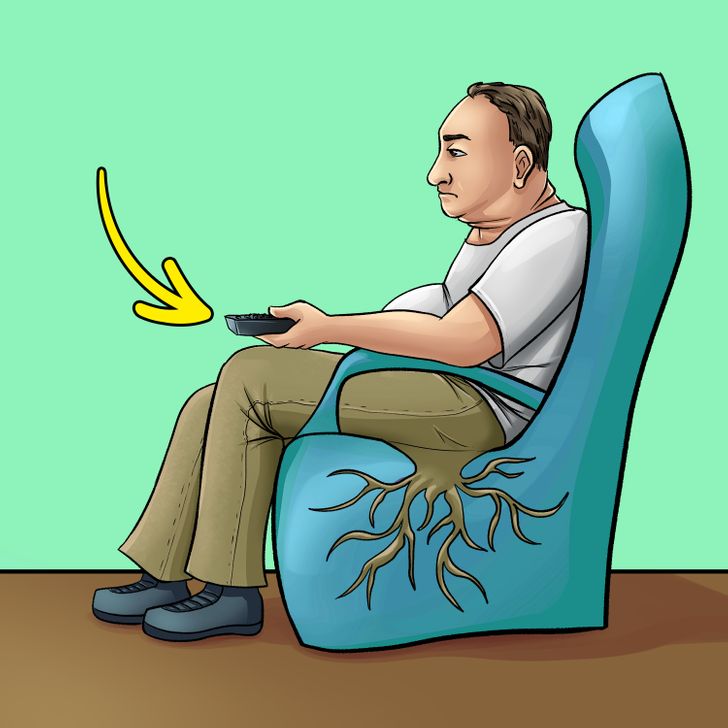
Triggers are the first step in developing a habit, so finding out what yours are is a good starting point. The goal is to be able to name the actions you turn to for comfort or peace of mind. Try tracking your habit to see whether it follows any patterns by asking yourself the following questions:
- Where does the habitual behavior happen?
- What time of the day (or night)?
- How do you feel when it happens?
- Are other people involved?
- Does it happen right after something else?
Example (we’ll be using the same example throughout the article): Say you’ve been feeling tired for a while now, so you want to go to bed earlier but you’re too used to going to bed late since you’re often watching your favorite shows on TV until late at night.
- Where does the habitual behavior happen? In the living room.
- What time of the day (or night)? After dinner.
- How do you feel when it happens? Good, because you’re watching TV and you get to forget about the stress from work piling up at the office.
- Are other people involved? No.
- Does it happen right after something else? Right after work.
You’ve now realized that watching TV after dinner keeps you up until late, so it’s a trigger. Also, you might want to address the deeper issue of the problem at work, which triggers you to start bad habits, like watching TV, in the first place. This leads us to the second step.
2. Focus on why you want to change
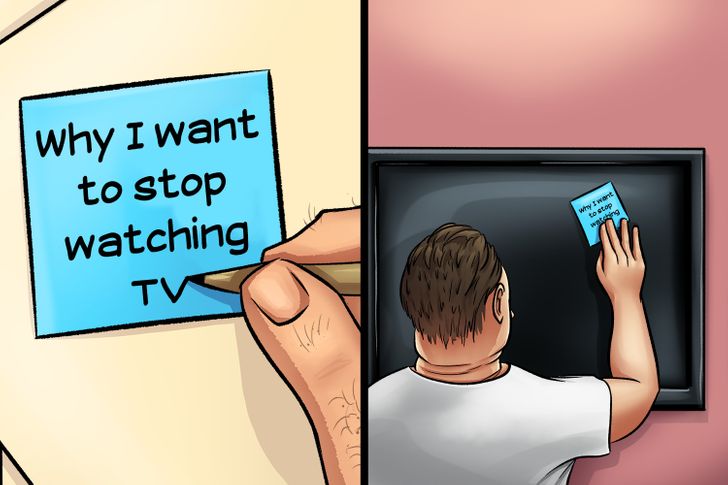
In order to focus on why you want to change, you need to clearly link up your bad habit to its outcome. That way you’ll really visualize what you get from the habit and how it really makes you feel. You can break it down and think about it in this way:
- “X” behavior leads to “Y” consequences
- However, Y is holding me back from reaching my full potential
- So I better stop X if I want to reach my full potential
You can even write these reasons down on a piece of paper and keep it on your fridge, on bathroom mirror, or another place where you’ll see it regularly.
Example:
- Now I’ve realized that watching TV until late keeps me up late at night and that, in turn, makes me tired.
- However, if I’m tired, I can’t work properly during the day and that causes me more problems and more stress, which in turn makes me watch more TV until late at night.
- So I better stop watching TV until late if I want to be able to work properly and break this cycle.
3. Replace your bad habits with curiosity
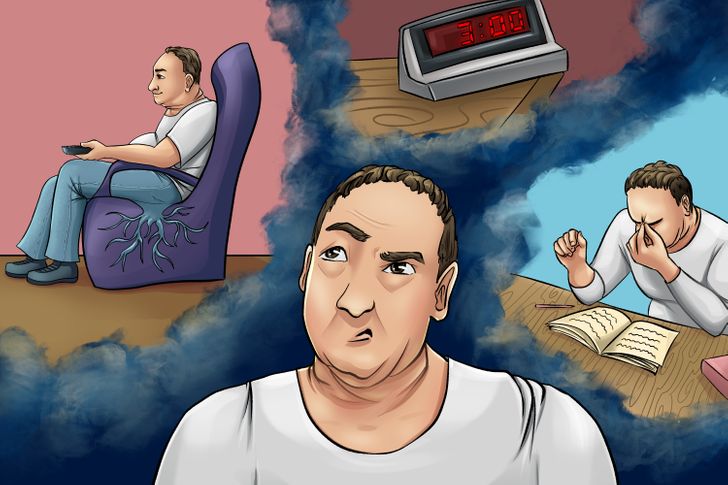
Finally, finding something that is more rewarding and that makes you feel better than your bad habit when you’re in need of comfort, is key to changing your habits. The question then becomes what to substitute it with. Dr. Judson Brewer has found that curiosity is a great replacement because, not only is it rewarding, but it will also make you acknowledge how you’re actually feeling without acting on it.
- In other words, the idea is that instead of giving in to a bad habit to counteract a negative emotion, you substitute it with curiosity about why you are having that craving in the first place, and what it feels like in your body and your mind.
Example: If you feel like watching TV until late again, stop for a minute to think about why you are doing that. What does this craving for watching TV actually feel like when it first arrives, before you even decided to indulge it? Maybe it doesn’t even feel so good after all, because instead of taking pressure off your shoulders, it creates more by making you tired the day after.
Bonus: Other tips that could help
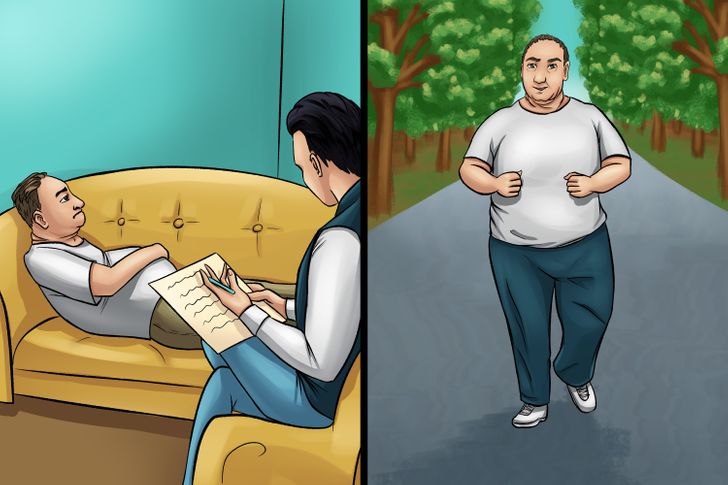
- Enlist a friend’s support: Sometimes breaking a bad habit with someone like a friend or a partner can make things easier to deal with because you can cheer on each other’s successes and encourage each other through setbacks.
- Don’t feel frustrated if you slip up: It’s important to let go of the all-or-nothing mindset and understand that even if you have a setback, you did manage to break your bad habit for a while before that. Frustration might actually make you feel inclined to give up.
- Don’t lose patience: There’s a popular myth that says it takes 21 days to break a habit, but actually, that isn’t the case. Experts believe it takes at least 10 weeks or even more to break a bad habit.
- Look for professionals that can help you: There are some bad habits that you can break on your own, and others that you might not feel able to handle alone because they cause you too much distress or because you have developed an addiction. In those cases, it’s better to go to a mental health professional that can help you deal with the issue better.
- Practice self-care: Things like sleeping well, eating regular, nutritious meals, and practicing sports or being physically active can be a great help when trying to break a bad habit. Also, take at least a little time to enjoy your hobbies and relax. It’s important to improve your mood as much as you can to make sure you’re fit to face any challenges that might come.